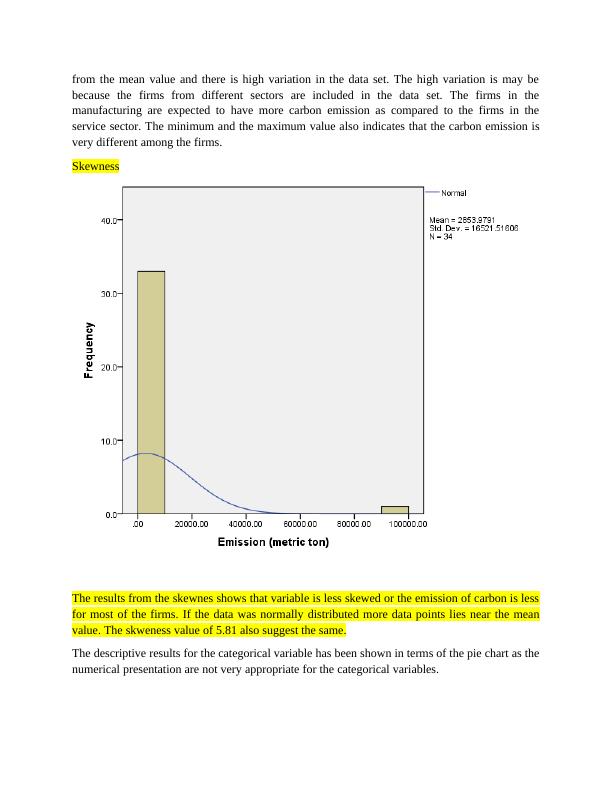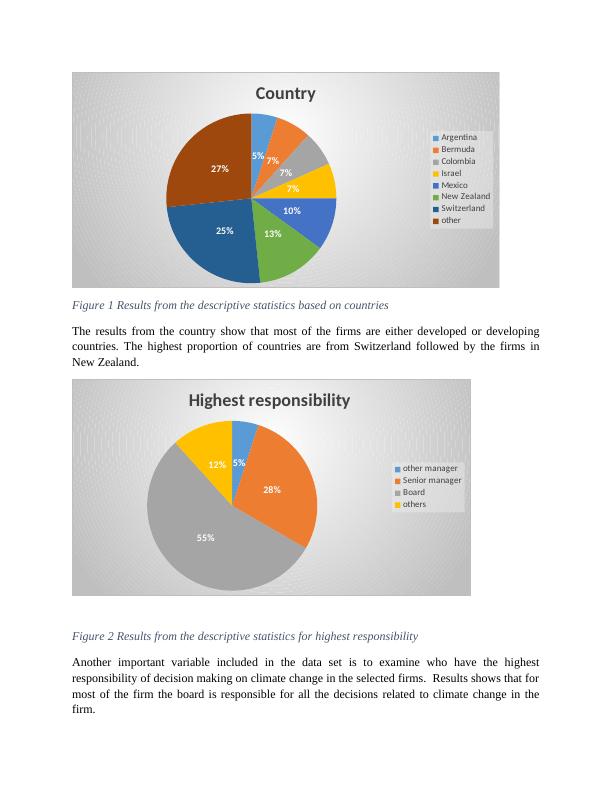Data collection Assignment PDF
8 Pages1681 Words100 Views
Added on 2021-06-14
Data collection Assignment PDF
Added on 2021-06-14
ShareRelated Documents
End of preview
Want to access all the pages? Upload your documents or become a member.
Impact of Organizational Behavior on Carbon Emission: Data Analysis from Developing Countries
|11
|1864
|368
Data Collection and Descriptive Analysis of Coca Cola's Carbon Emission Data from 2011-2017
|13
|1877
|456
SPSS Data Collection - Assignment
|11
|1734
|19
Data Collection and Analysis for Research Project
|15
|3138
|304
Frequencies and T-Test Analysis for Climate Change Management Incentives
|9
|564
|401
Analysis of Carbon Emissions Data for Companies in Australia, Belgium, and Brazil in 2012
|11
|1957
|333



